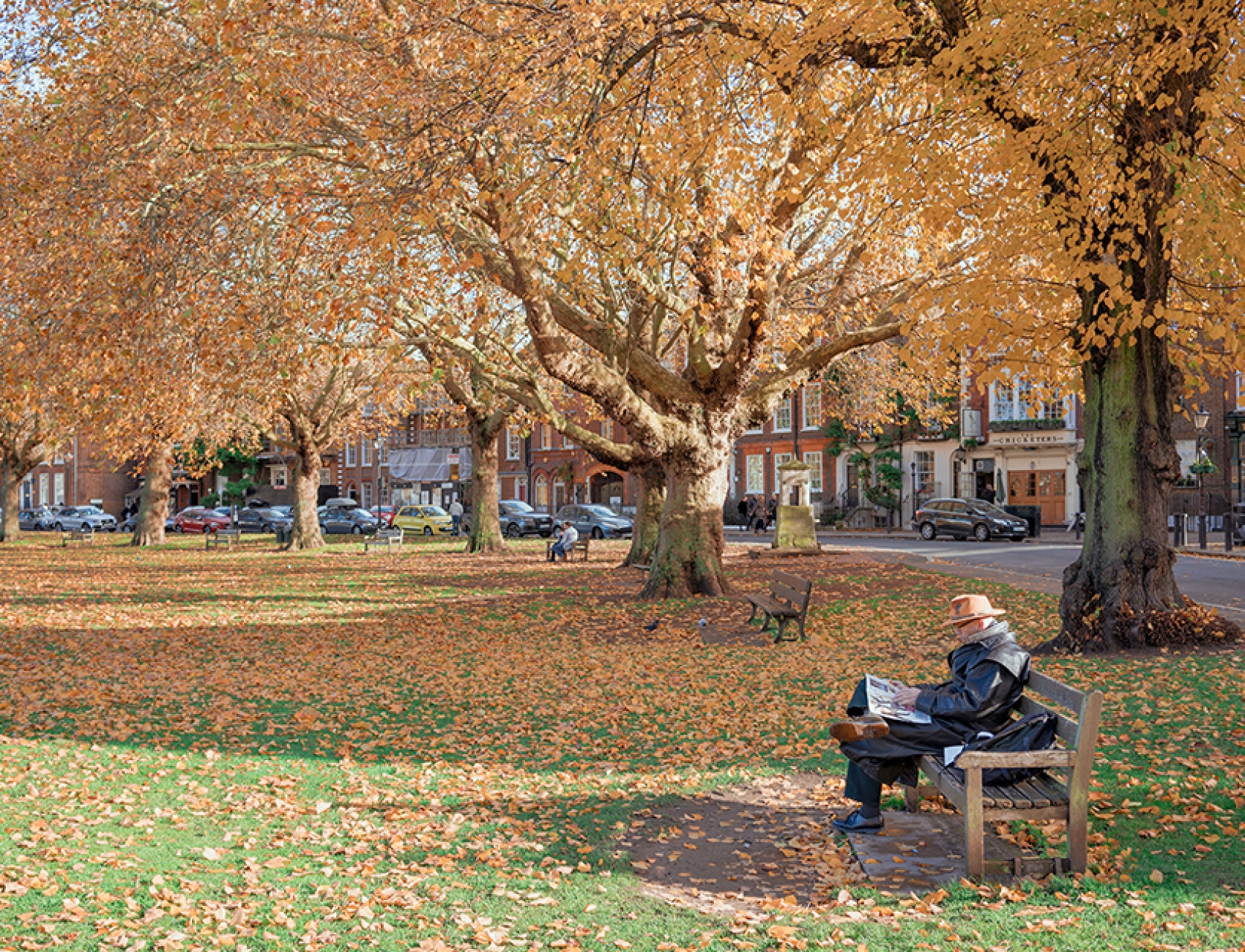
As a recent article by Jim Smith in Ground Engineering magazine pointed out, the relationship between buildings and trees on shrinking clay soils is uneasy. Trees present a myriad of potential issues for new and period builds alike in these conditions. At worst, these include subsidence, cracked walls and foundations, and damage to drains.
Yet trees also provide a range of benefits that we cannot ignore. Beyond their well-documented environmental effects, they have also been shown to improve the well-being of city dwellers. There is even a link between the level of tree canopy cover and the desirability of properties! Simply removing the offending trees can cause as many problems as it solves.
Traditionally, strip foundations have been adapted to suit buildings situated near to trees and this continues to be a popular approach.
In many ways, however, they are an imperfect solution. Not only are they resource-heavy, using unsustainably large amounts of concrete at a deep level. In new developments, the use of strip foundations inhibits the growth of newly planted trees.
A sustainable solution
Engineered foundations, on the other hand, provide a far more sustainable and site-sensitive solution to this problem. As Jim Smith writes, “the use of engineered foundations, in particular pile and beam construction methods that permit the harmonious and sustainable co-existence of building foundations and trees, must be the first choice for the future”.
To find out which ASUC members are specialists in engineered foundations, click here.



